Sound Detection Sensor Module
Specification
- Voltage – 3.3V to 9V
- Sensor Type – Sound Sensor
- Dimension – 43 x 17 x 8 (mm)
- Pins – 3 Pins: GND, VCC, Signal
Description
There are various sound detection sensor modules available for Arduino-compatible intelligent vehicles. One commonly used module is the “Sound Sensor Module” or “Sound Detection Sensor Module.” Here’s a typical specification for such a module:
- Operating Voltage: Most sound detection sensor modules operate within a voltage range of 3.3V to 5V, making them compatible with Arduino boards.
- Sound Sensitivity: The module should have an adjustable sensitivity level to detect sound variations. It should be able to detect sounds within a specific frequency range, typically from around 50Hz to 20kHz.
- Output Signal: The module usually provides a digital output signal that can be easily read by Arduino. It often has a digital output pin (e.g., D0 or D1) that goes HIGH when a sound is detected and LOW when no sound is present.
- Indicator LEDs: Some modules have built-in LEDs to indicate the sound detection status, such as power ON, sound detected, and no sound detected.
- Analog Output (optional): Some sound sensor modules also offer an analog output pin (e.g., A0) that provides a continuous voltage proportional to the sound level. This analog output can be useful for more precise sound level measurements.
- Adjustable Sensitivity: The module may feature a potentiometer or a jumper to adjust the sound sensitivity level. This allows you to customize the threshold at which the module triggers a sound detection event.
- Easy Integration: Sound detection modules are designed to be easily integrated with Arduino and other microcontrollers. They typically have standard 3-pin headers (e.g., VCC, GND, and output) for convenient connection.
- Size and Form Factor: The module’s physical size and form factor should be compact and suitable for integration into an intelligent vehicle project.

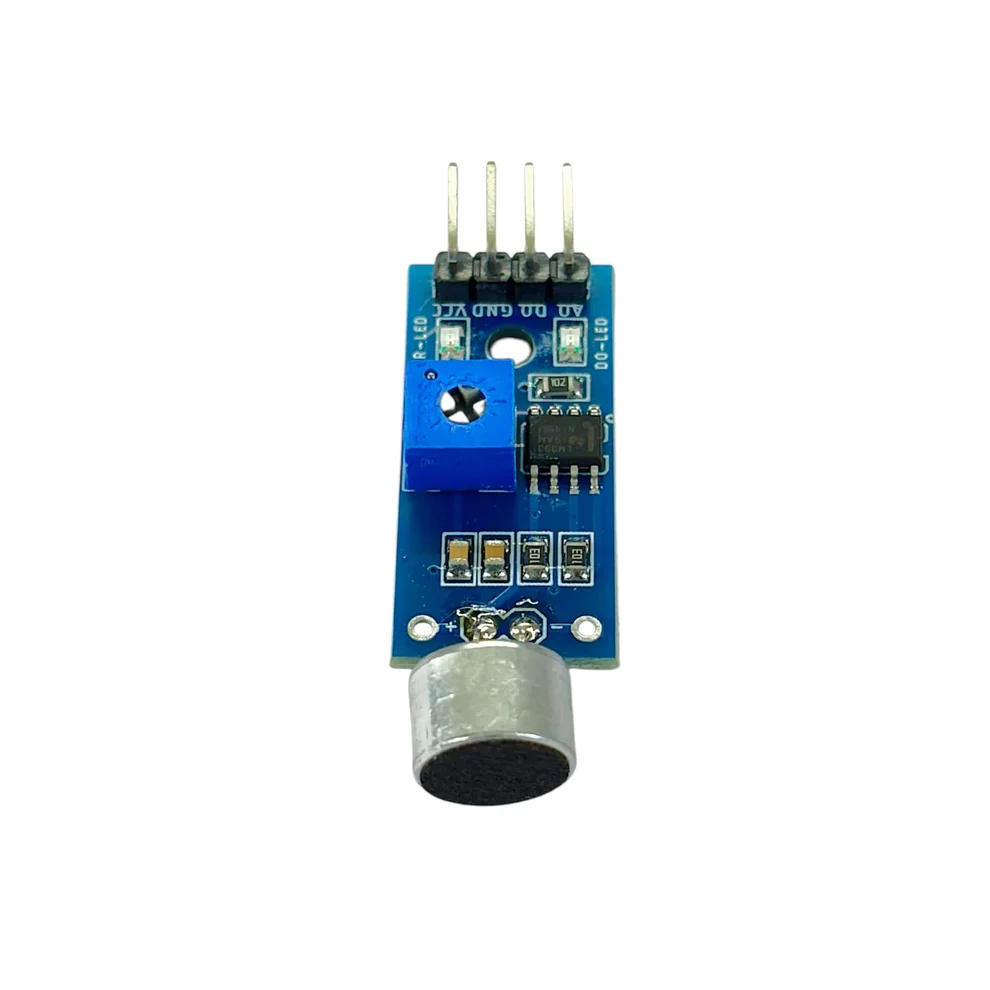
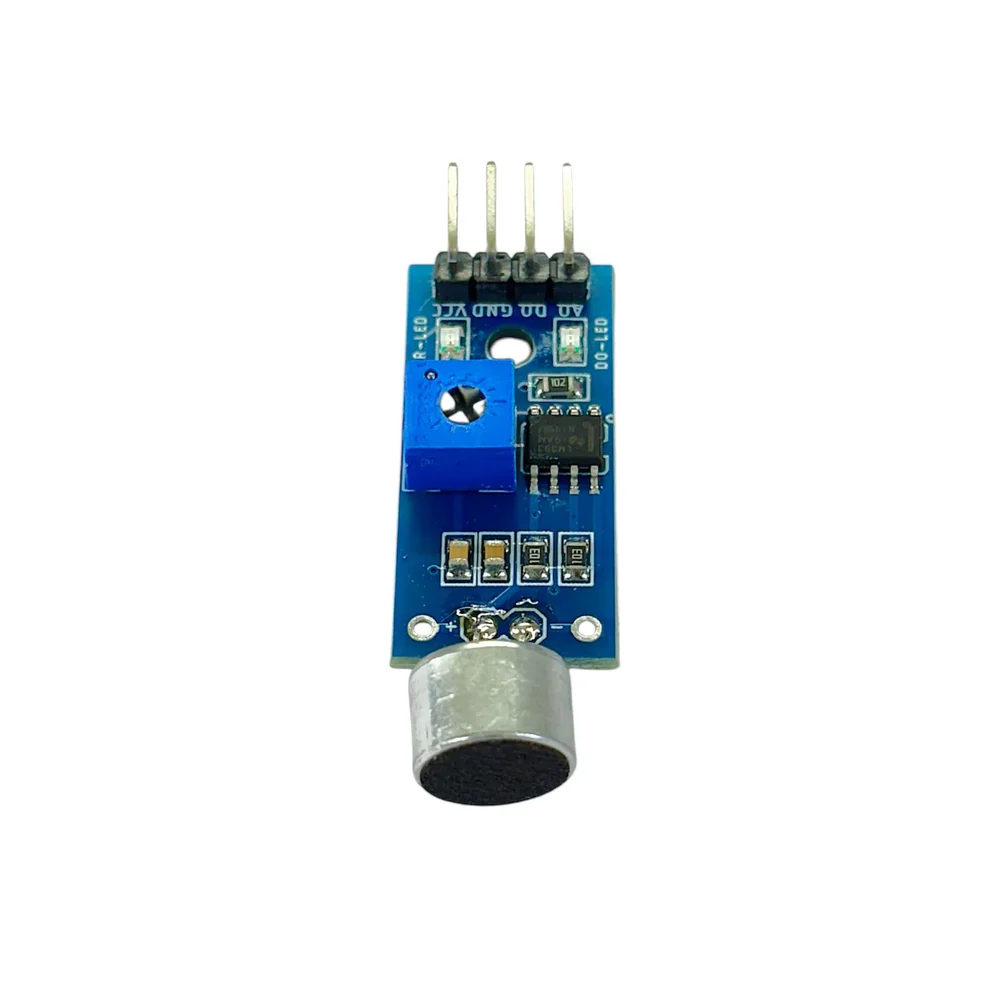
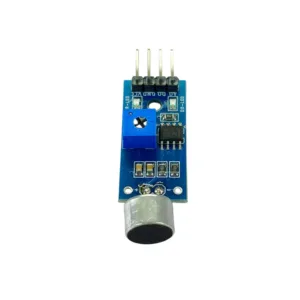



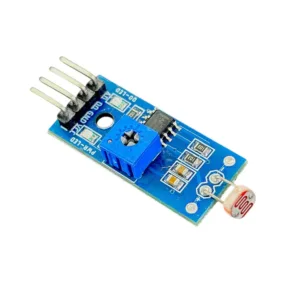
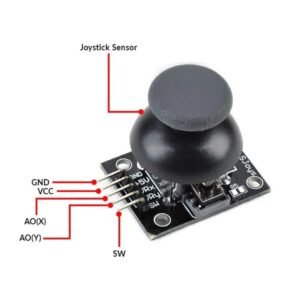
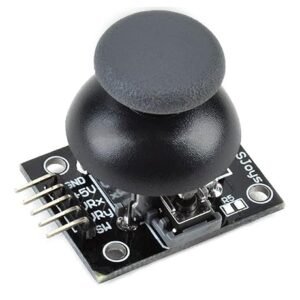
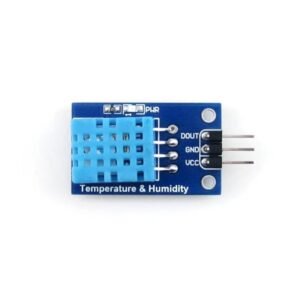

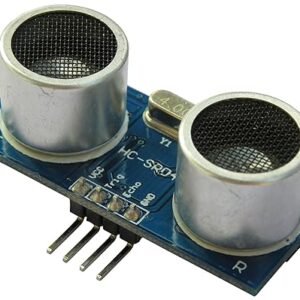
Reviews
There are no reviews yet.